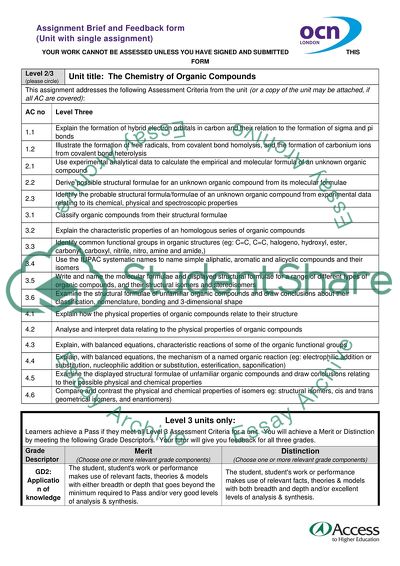Organic chemistry Assignment Example | Topics and Well Written Essays - 2000 words. https://studentshare.org/chemistry/1878699-organic-chemistry
Organic Chemistry Assignment Example | Topics and Well Written Essays - 2000 Words. https://studentshare.org/chemistry/1878699-organic-chemistry.


